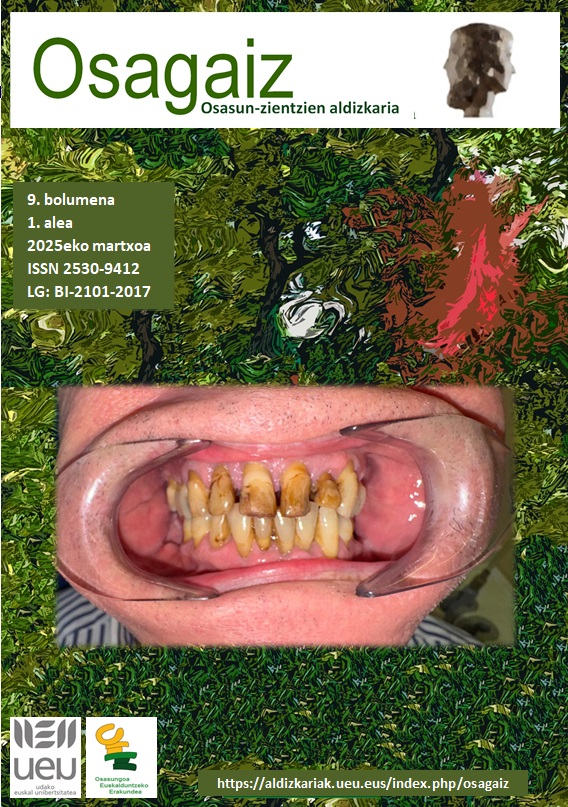Abstract
Introduction.There is increasing evidence that child and adolescent mental health has deteriorated in recent years, and the consumption of psychotropic drugs has increased. Moreover, it is known that the diagnosed mental health problems, and the psychotropic drugs used for their treatment are not the same in boys and girls. This study aimedto analyze gender inequalities in thediagnosis of mental health problems and the consumption of psychotropic drugsof children and adolescents in the clinical setting.
Methods.We used clinical data from the Spanish National Health System of 2022, and the prevalence of the main mental health problems diagnosed in children and adolescents aged 0-18 years and the consumption of prescribed psychotropic drugs in children have been calculated. Gender inequalities in psychotropic drug consumption have been analyzed through a regression with robust Poisson variances.
Results.There are gender inequalities in the diagnostics of mental health problems and psychotropic drug consumption in children and adolescents: behavior problems, Attention-deficit/hyperactivity disorder (ADHD) and consumption of psychostimulants and antipsychotics occur mainly in childhood and boys, and anxiety and mood disorders, and anxiolytic and antidepressant consumption is higher in adolescence and in girls. The greatest gender inequalities have been seen in antidepressant and psychostimulant consumption.
Conclusions.Gender and age have a great influence on the diagnosis of mental health problems and the consumption of psychotropic drugs in Spain. It is critical to work on gender perspective in addressing children’s and adolescents’ mental health in clinical practice, taking other social determinants of health into account.

This work is licensed under a Creative Commons Attribution-NonCommercial 4.0 International License.
Copyright (c) 2025 Maite Campo, Amaia Bacigalupe

